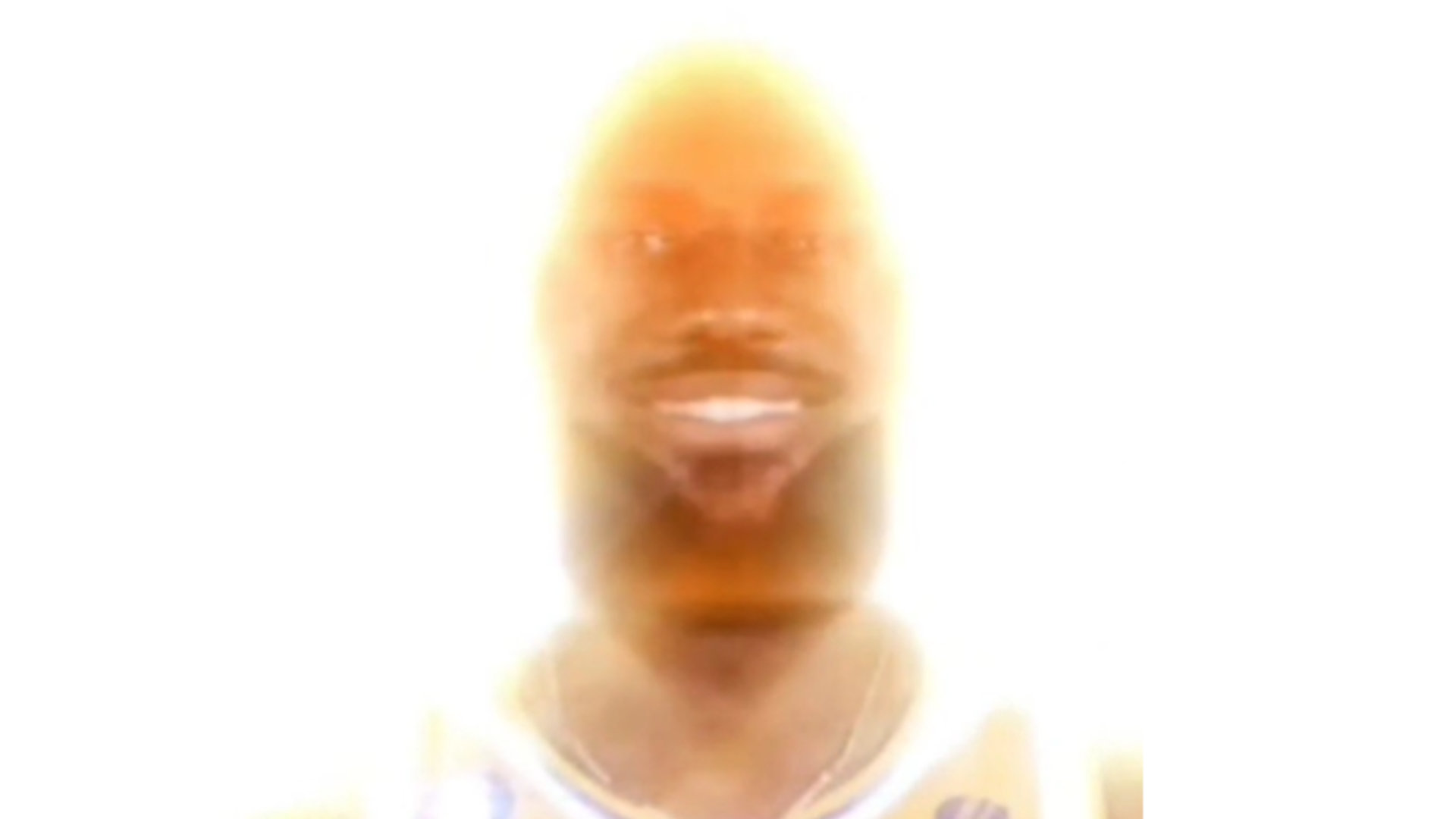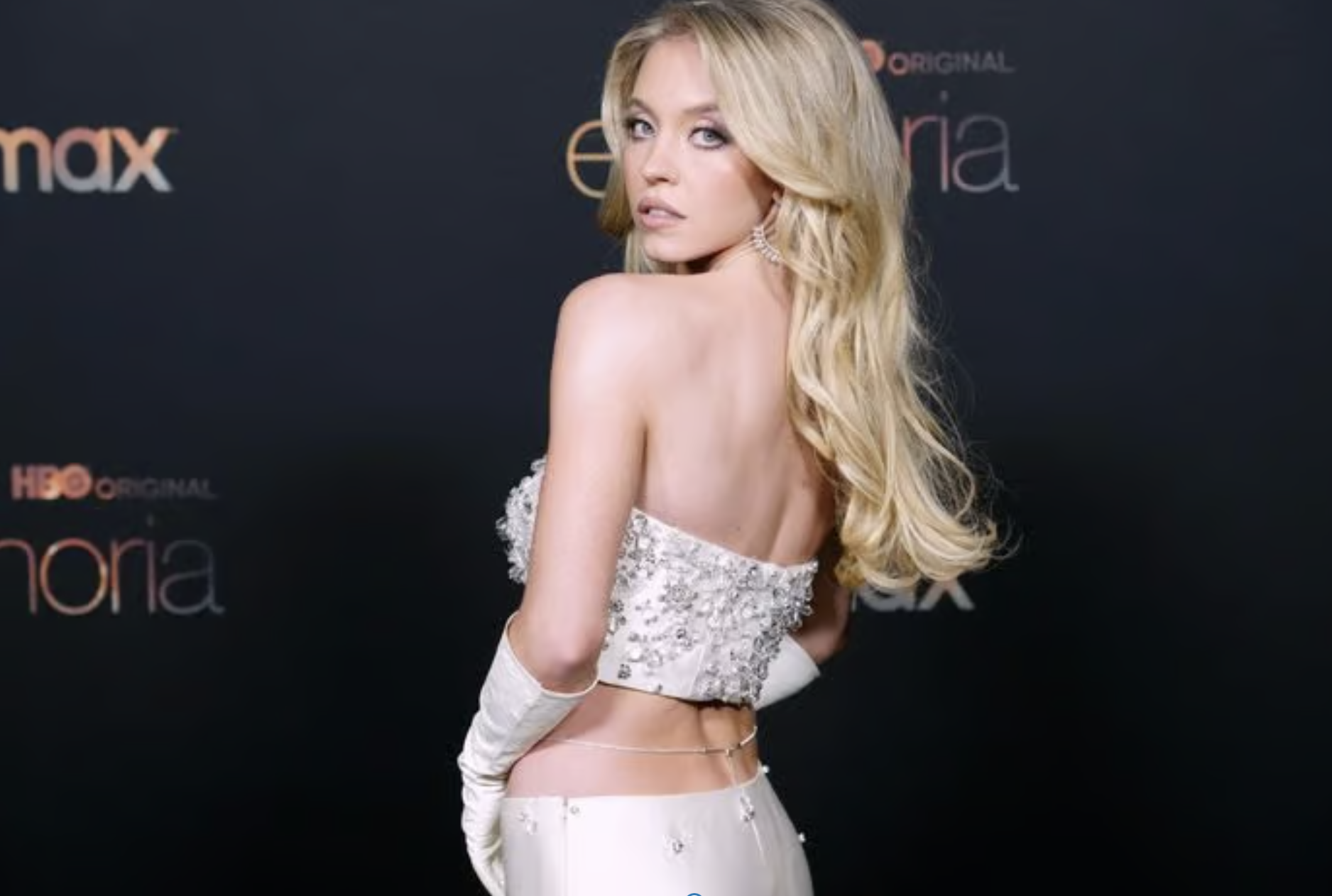
At some point in the early 1980s, I became obsessed with Westerns. My favourite show was Bonanza. I wanted to be the Milky Bar Kid (though I wasn’t blond enough). For my birthday I received a cowboy outfit – which made me look more Village People than Michael Landon – and a paper-tape cap gun which smelled gloriously dangerous. School lunch breaks would often involve chasing hapless classmates who had been designated the role of “Indian” (different times, as they say). This was innocent soft play, inspired by watching basic shoot ’em ups and ignorant of the difficult history of the Wild West.
But cowboys were not just for children. For 40 years, they were a crucial part of the Hollywood machine, box office gold with a commercial and cultural reach that was global. Stars were made – Clint Eastwood, John Wayne and Gary Cooper – and the archetype of the cowboy (strong, and silent, the sort of guy who shaved with a blowtorch) proved resilient.
At some point, however, the cowboy fell out of favour. In the early 1990s, films such as Kevin Costner’s Dances With Wolves and Eastwood’s Unforgiven were a sort of last hurrah for the Western as the unenlightened, unreconstructed male gave way to a more touchy-feely kind of hero. Attempts to revive the genre – The Hi-Lo Country, Appaloosa – felt out of step with the times and failed to capture a new audience.
It’s not that Westerns didn’t have depth. From the beginning, film-makers often tried to add psychological levels to the trigger-happy plots. Shane (1953) sees Alan Ladd’s hero slope despondently into the sunset (“There’s no living with a killing”), while John Wayne’s swansong, The Shootist (1976), is all about hanging up your spurs, about the need to live a moral life. I remember being very excited about seeing The Searchers, John Ford’s 1963 epic, but actually being pretty demoralised by its bleak brutality.
Westerns today, however, when they are made, go out of their way to chastise any man in a stetson who might have a faint whiff of toxic masculinity. The last basic cowboy romp was Costner’s Open Range back in 2004, and even that felt like a throwback. Since then we have had several superb subversions of the genre – the gay love story Brokeback Mountain (2005), the all-female Meek’s Cutoff (2010), and last year’s Cry Macho, the ultimate yelp of male existential angst with Clint Eastwood essentially reflecting on the hollowness of past glories.
The difference between Cry Macho and, say, The Shootist, is that the very notion of the cowboy has changed. Wayne’s JB Books is still celebrated, a tough guy to be admired and a little feared. Eastwood’s Mike Milo is a bit of a soft touch, kind to both animals and children. “This macho thing – it’s overrated,” he tells his young charge, Rafo (Eduardo Minett).
It’s a lovely, touching performance from Eastwood, and one that’s done with such conviction that it is hard to view more traditional Western fare with anything more than a little disdain. Indeed, the tragic real-life shooting of cinematographer Halyna Hutchins on the set of Rust, a Western starring Alec Baldwin (who fired the prop gun that killed her) as an outlaw in 1880s Kansas, has accentuated the danger of firearms and, in its inevitable cancellation, has become horribly emblematic of a genre that has had its day. The adverse reaction to actor Sam Elliott’s criticism of Jane Campion’s ultra-revisionist The Power of the Dog – which he has since apologised for – shows just how little love is now felt for the traditional cowboy.
So where next? The Young Vic’s forthcoming production of Oklahoma! (a transfer from Broadway) takes the whole notion of guns very seriously, and the whole kitschy check-cloth vibe has been toned down considerably. You can expect Curly the cowboy not to be cock o’ the walk, but a slightly neurotic figure – the beefcake bonhomie of Oh, What a Beautiful Mornin’ sounding a little hollow.
There’s a reason why the breakout star of Pixar’s Toy Story was not Woody, the old fashioned pull-string cowboy puppet, but Buzz Lightyear, the shiny new all-action astronaut. An “origin” film about Buzz is due to be released in the next couple of months. Poor Sheriff Woody has to make do with appearances on Disney On Ice, dancing awkwardly to Miley Cyrus’s Hoedown Throwdown.
The problem is that we have reached a point where all male archetypes seem a little bit anachronistic. James Bond, considerably softened in the playing by Daniel Craig since the brutish, sexist days of Sean Connery’s swaggering 007, is going to evolve in order to survive. The Marvel superheroes, far from being the jut-jawed alpha males of old, now seem rather sexless creatures, who are just as likely to prepare a plant-based moussaka as use their super powers to save the world from diabolical masterminds.
Want a strong, positive male archetype for the 2020s? I would suggest Paddington Bear – wonderfully loyal, brave and capable of considerable empathetic thought (though his hard stares are strangely reminiscent of Gary Cooper’s). That said, while I am a huge Paddington fan, I am glad that I was able to enjoy my childhood as a happy, frivolous cowboy. Society’s corrections may be necessary, but I bet playtime’s now a lot less fun.



































































